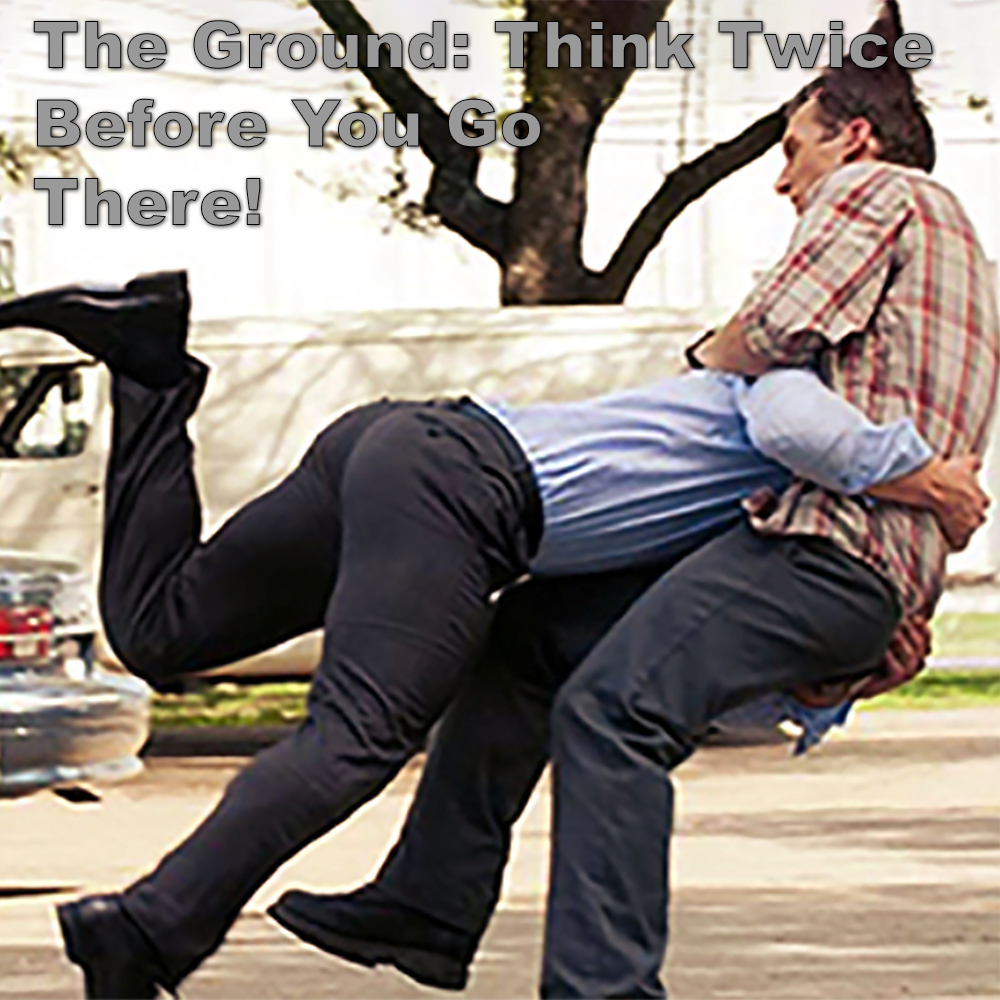
(Approx 2 minutes 30 second read)
Some people are incredibly territorial when it comes to the martial art they practice. The comments on my recent article about judo and self-defense sparked a storm of snarky responses – some from people who seemed genuinely upset, and others, who didn’t even bother reading the article before offering their “illuminating” comments.
.
This isn’t new territory for me. I write about these topics often, yet I still encounter readers who only seem to digest the parts that either offend them or fit their narrow perspective. They miss the bigger picture. Sound familiar?
.
Superficial learning and understanding.
.
I get it. I was stuck in my own rigid ways for a couple of decades. It wasn’t until I got “punched in the face by common sense” that I began to question why many things we practiced wouldn’t actually work outside the dojo or competition arena.
.
Let’s revisit the article. I described a grading test where I was asked to sit in. The 1st dan was asked to demonstrate self-defense. He started by kneeling down. Nobody pushed, tripped, or grabbed him – he just chose to kneel, with his back to the assailant.
.
Some judo players defended the move, arguing it was a legitimate throw. A sacrifice throw was mentioned – but why would you do that outside of the tatami? Perhaps it was legitimate. But not for self-defense.
.
Then, a karate-ka chimed in, pointing out that kneeling down appears in many kata, and throws from a kneeling position are common. He even listed several kata as examples.
.
But again, it seems the point was missed. Throws in karate are secondary. Yes, you might end up on your knees in the flow of a technique, but it’s not the preferred or primary position for self-defense. Striking, unbalancing, and destabilizing an attacker should come first. You don’t voluntarily put yourself on the ground in a self-defense situation.
.
Of course there are throws that involve dropping to one knee, but no self-defense scenario should start with you willingly on your knees. Why would you put yourself voluntarily on the ground ? I’ll let you figure that one out for yourself.
.
For anything to be effective, it must be applied in the correct context – sport, self-defense, or just fun. In training, practitioners need to understand the purpose behind the techniques. If you’re learning judo, for example, and want to apply it to self-defense, then you need to practice with that specific focus.
.
Let’s make one thing clear: judo, as it’s taught in most dojo today, doesn’t emphasize self-defense as a primary focus. Sure, there are exceptions, as I noted in my article. But sport-centric judo dominates. While regular practice of physical conditioning, drills, ‘randori’, and competition can build really useful attributes, it probably won’t be enough if your main goal is to be effective in real self-defense scenarios.
.
In the end, effective self-defense is about understanding context, being adaptable, and knowing when certain techniques make sense – and when they don’t. Remember, ‘tatami’ is more forgiving than concrete.
.
There’s a world of difference between practicing martial arts for sport, fun, or self-defense. Recognizing and respecting those distinctions is key to true understanding.
.
Ultimately, it’s about using common sense – and, once again, understanding context. Voluntarily offering your back to an assailant, with his friends around the corner, probably with weapons, is not just foolish; it’s a recipe for disaster. After all, in a self-defense scenario, the last thing you want to throw away is your common sense.
.
By Adam Carter – Shuri Dojo.
